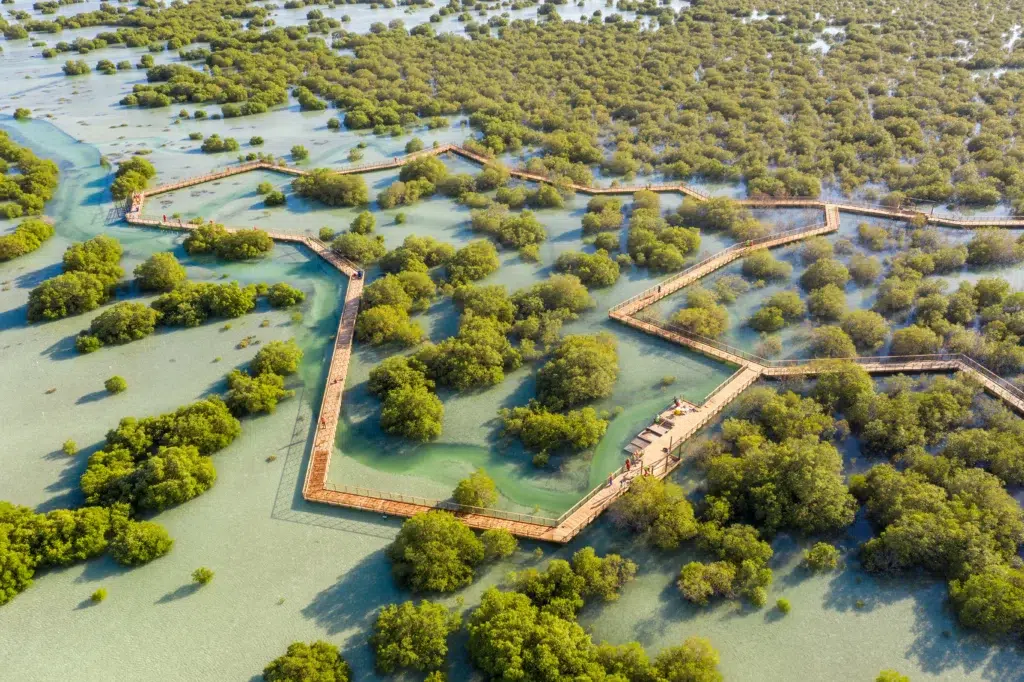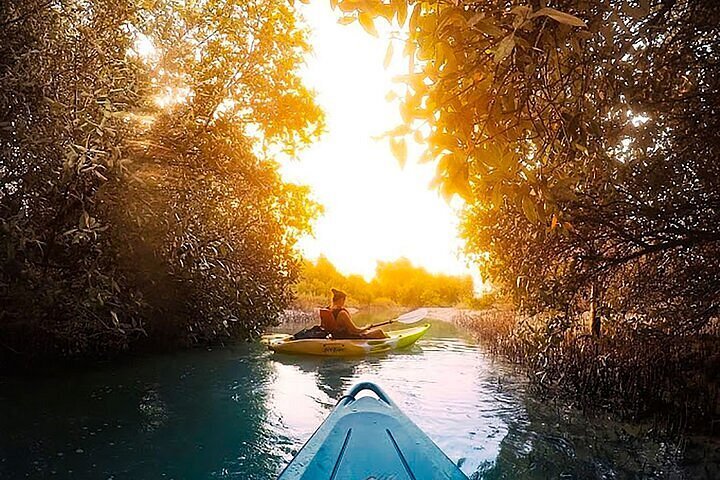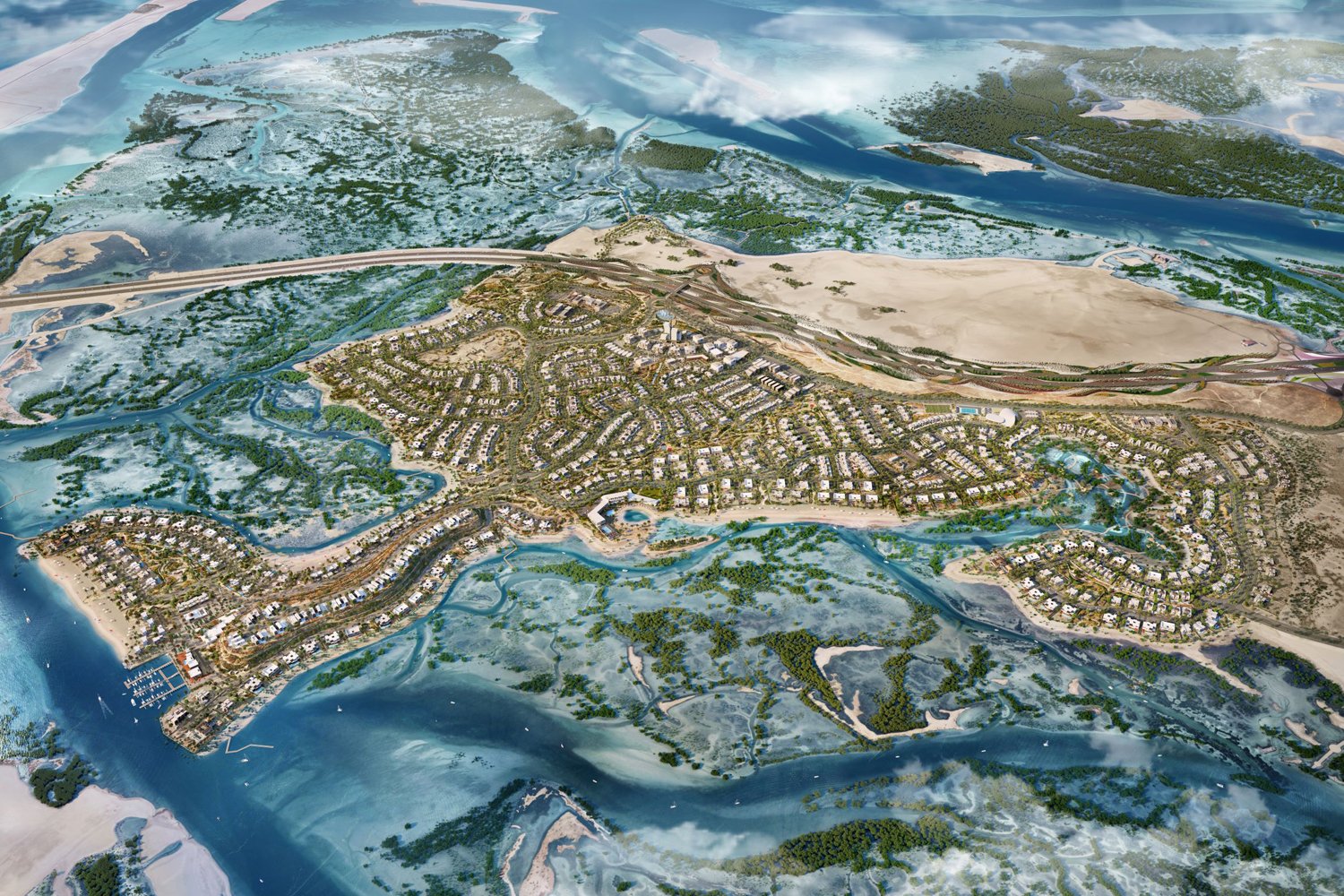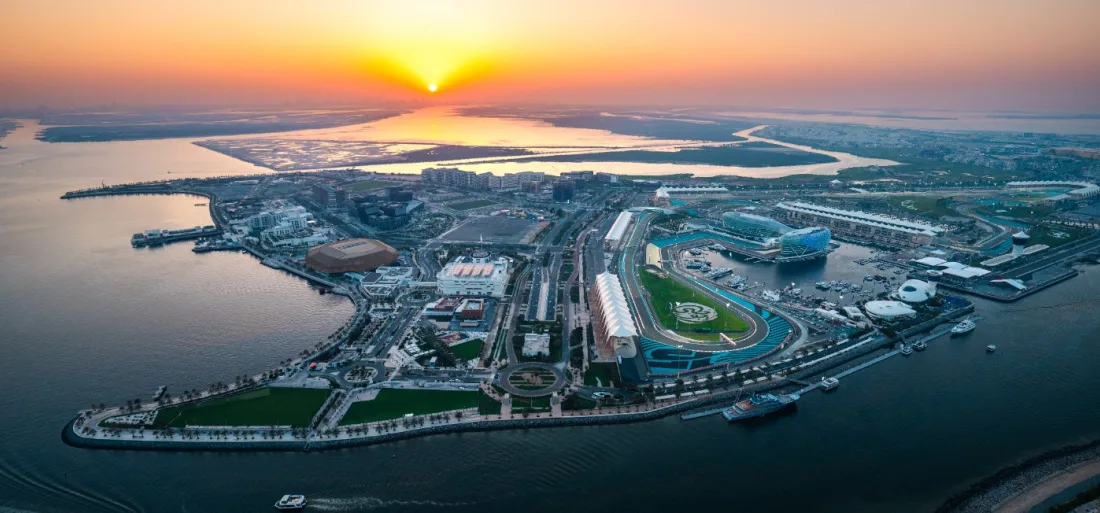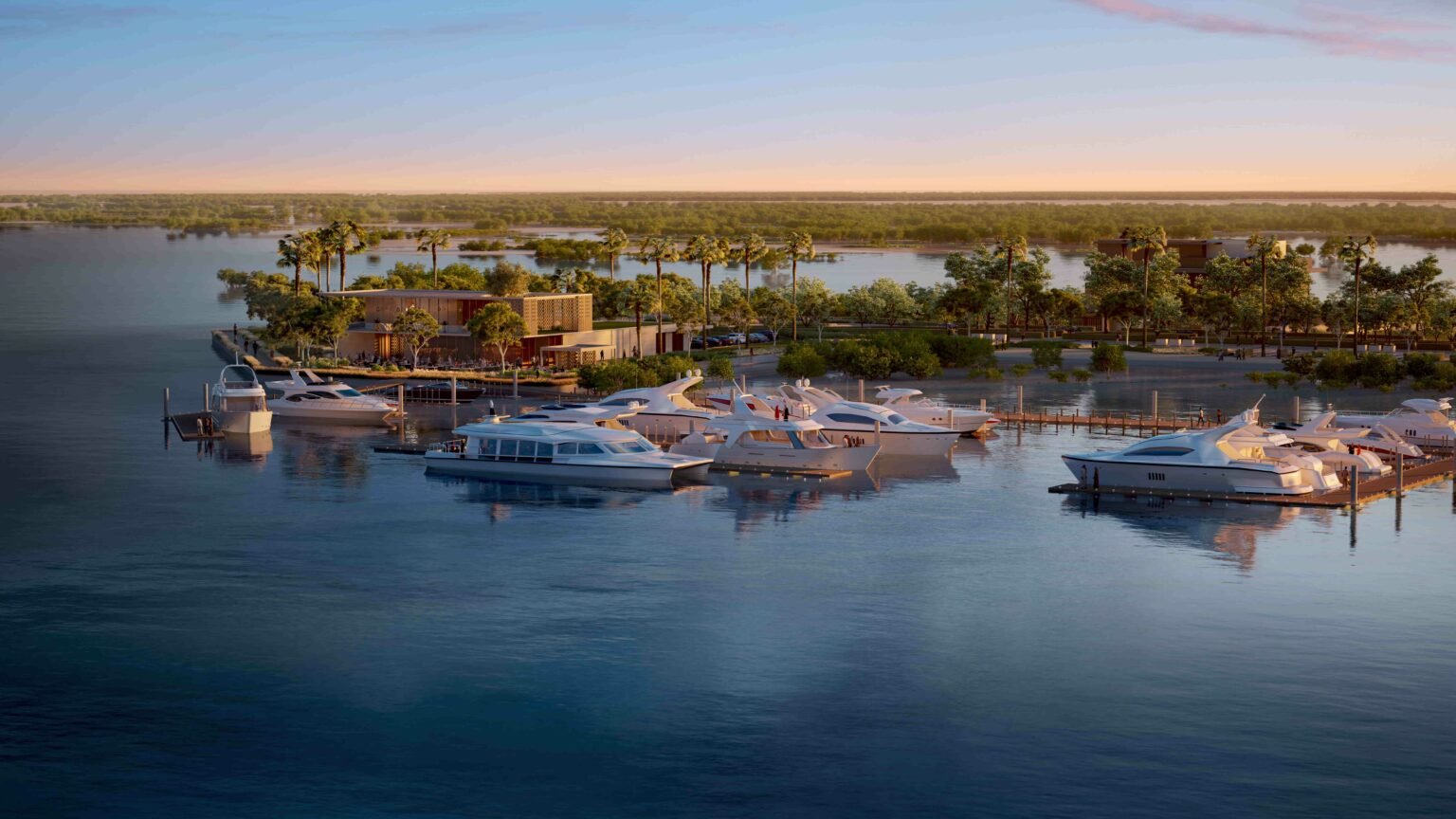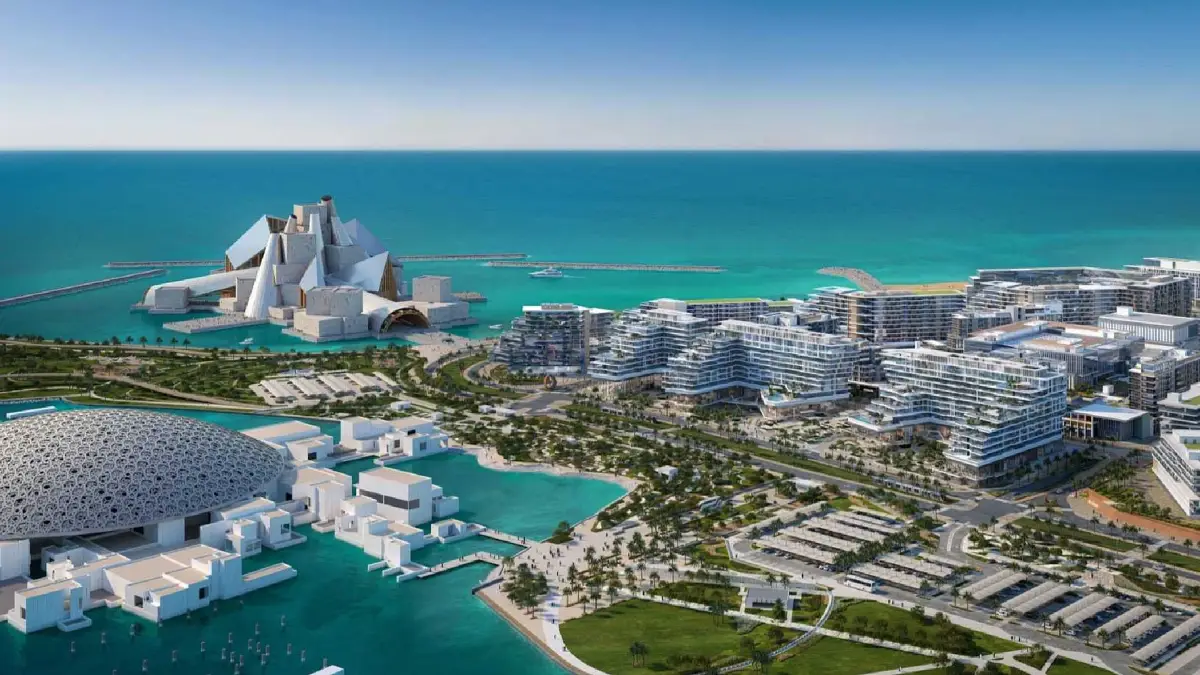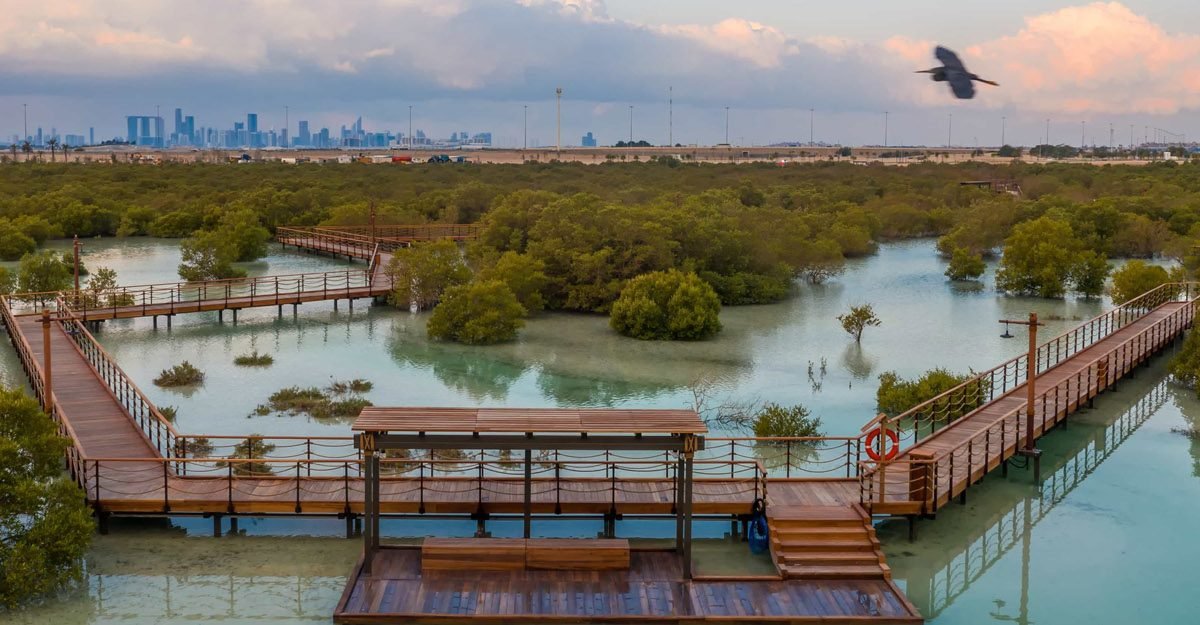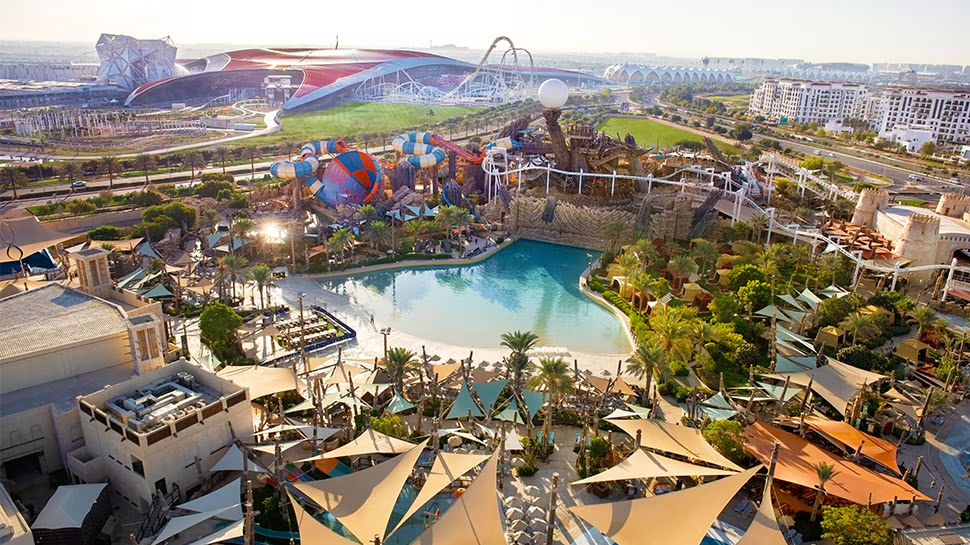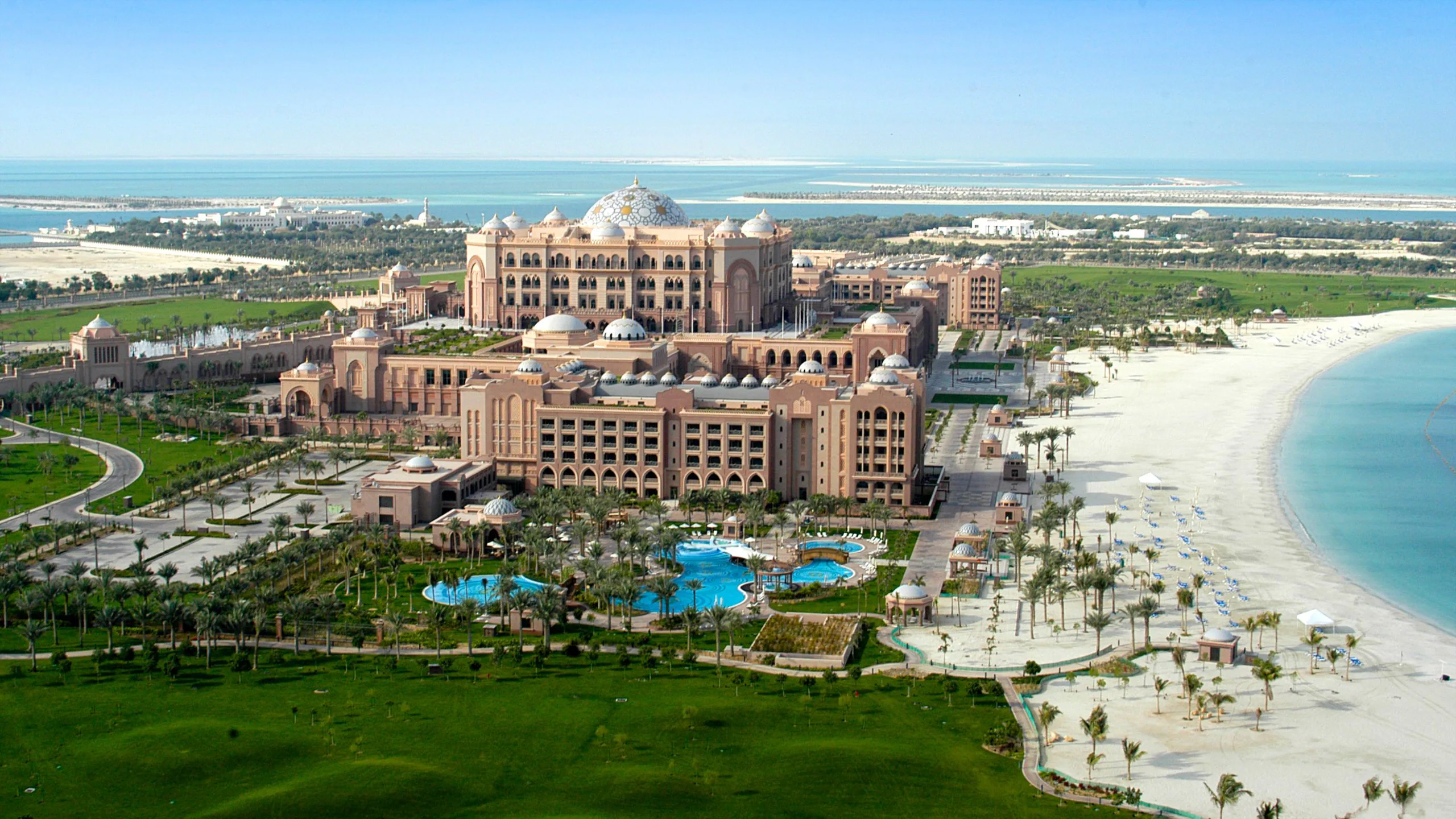Abu Dhabi, the capital of the UAE, is often associated with modern skylines, desert landscapes, and grand architecture. But tucked amid the coastline and waterways lies a quiet, thriving natural sanctuary: Jubail Mangrove Park. Also referred to in many sources as Al Jubail Mangrove Park, this is more than just a green patch—it is part of a bold vision to restore, conserve, and celebrate the mangrove forest in UAE.
Jubail Mangrove Park is located on Al Jubail Island, a specially planned ecological zone, often called Jubail Island Abu Dhabi or simply Jubail Island. This park is a bridge between nature and city life, offering visitors immersive experiences like the mangrove walk, kayak mangrove Abu Dhabi excursions, and educational programs.
In this article, we’ll explore:
- The location, design, and ecological importance of Jubail Mangrove Park
- The connection to the Eastern Mangrove National Park / Mangrove National Park Abu Dhabi ecosystem
- Practical visitor information (tickets, opening hours, how to reach)
- Activities (walking, kayaking, wildlife spotting)
- Conservation, research, and future prospects
- A suggested visitor’s guide (best times, tips, sample itineraries)
Let’s embark on this journey into a mangrove sanctuary in the heart of modern Abu Dhabi.
Setting the Scene — Location, Scope, and Design
1. Location & Context
Jubail Mangrove Park rests on Al Jubail Island, which lies between Yas Island and Saadiyat Island in Abu Dhabi. The island is also sometimes referred to simply as Jubail Island. The entire park is often called Jubail Mangrove or Jubail Mangrove Park Abu Dhabi in travel guides and promotional materials.
From Abu Dhabi International Airport, it is about a 20–30 minute drive. From central Abu Dhabi, the drive is also reasonable, making it accessible for both residents and visitors.
Al Jubail Island is conceptualized as a sustainable community with an ecological corridor. The mangrove park is integral to that vision.
2. Scale & Design
Jubail Mangrove Park covers a substantial area—approximately 19 square kilometers in some reports. According to design studies, the park includes a trail network with a boardwalk system, weaving through intertidal mudflats, salt marshes, lagoon channels, and mangrove stands.
The trail network is composed of multiple loops of varying length—for example, segments of 1 km, 1.6 km, and 2 km. There is also a 250-meter promenade walk and several interpretive “learning nodes” along the route.
In total, the boardwalk spans over one million square meters (i.e., enough surface area to allow visitors to weave through varied mangrove habitats) without heavily disturbing the natural substrate.
The architectural and environmental design is intended to have a minimal ecological footprint, allowing visitors to traverse close to water level without damaging root systems.
Some design firms, such as CEBRA, have highlighted that the mangrove park holds approximately 75% of the total mangrove forest area in the UAE (or that the park plays a central role among UAE mangrove reserves).
Ecological Significance & Mangrove Network in the UAE
1. Mangroves in UAE & Abu Dhabi’s Network
The mangroves in UAE are a critical coastal ecosystem. While the UAE is known for its deserts, its coastline holds a fragile mangrove system that serves many ecological functions: stabilizing shores, trapping sediments, carbon sequestration, supporting wildlife, and acting as nursery grounds for marine species.
In Abu Dhabi, the broader mangrove reserve is often referred to as the Eastern Mangrove National Park or Mangrove National Park Abu Dhabi.The park is under the oversight of environmental authorities.
In many practical terms, Jubail Mangrove Park is part of, or adjacent to, the larger Eastern Mangrove Lagoon National Park Abu Dhabi area. (Sometimes, “Eastern Mangrove Lagoon National Park” is the extended or formal name used in promotional sources.)
Because of its design, Jubail Mangrove Park acts as one of the accessible gateways into the deeper mangrove forest network.
2. Ecological Functions & Biodiversity
The mangrove forest in this region supports a diversity of life:
- Bird species (herons, egrets, lapwings, bulbuls) have been observed along the mangrove walk and via boardwalk paths.
- Marine species (fish, crabs) inhabit the mudflats and tidal channels exposed during low tides.
- Reptiles and turtles may also be spotted in quieter backwaters.
- The mangroves actively trap carbon and thus contribute to climate resilience—acting as “blue carbon” sinks.
- The interconnected mudflats and salt marshes support invertebrates and algal communities, which underpin the food web.
Because the site includes tidal channels and substrate gradients (from deeper channels to mud exposed during low tides), visitors can see how mangroves dynamically respond to tidal cycles.
3. Conservation, Restoration & Research
Jubail Mangrove Park is not just a passive green space; it’s part of active conservation and restoration efforts. For example:
- The Mangroves restoration at Jubail Island project helps mitigate biodiversity loss, coastal erosion, and climate change impacts.
- It is structured to educate visitors on ecological importance and spread awareness about mangrove vulnerabilities.
- The park’s minimal-impact design, boardwalk alignment, and interpretive nodes reflect modern ecological architectural thinking.
- In a broader sense, national-level mangrove mapping and monitoring (e.g. using satellite data and AI) show that UAE’s total mangrove area rose between 2017 and 2024. Abu Dhabi plays a dominant role.
Thus, Jubail Mangrove Park is both a visitor attraction and a living demonstration of how restoration and sustainable tourism can work in harmony.
Visiting Jubail Mangrove Park
1. Tickets & Pricing
Understanding ticket pricing and what you pay for is important, especially since there’s some nuance between casual walking access and paid excursions.
- For entry to the boardwalk / mangrove walk, a ticket price is often quoted as AED 15.
- Some sources mention a self-guided walk rate starting at AED 10, though that may be a discounted or provisional rate.
- Additional activities—especially kayak mangrove Abu Dhabi excursions—cost extra. For example, a two-hour kayak tour is often around AED 160 (for adults) via the Mangrove National Park operators.
- Some sources state that entry to the broader mangrove park is free, but charges apply when you choose guided activities.
- Others claim the park entry is separate: Jubail has its own fixed entry (AED 15) and that is distinct from the broader Mangrove National Park tickets.
- In short: the mangrove national park ticket price (for basic walk access) is low, but mangrove national park tickets for tours, kayaking, or guided rides vary and are additional.
When purchasing online or via booking apps, check whether the ticket includes just the boardwalk walk or also kayak access.
2. Opening Hours
Jubail Mangrove Park is open daily. The hours are approximately 07:00 AM to 09:00 PM (last entry earlier than closing). Some sources indicate first entry at 7:00 AM and last entry around 8:00 PM (with park closure by 9:00 PM).
Be mindful that some guided or night tours (e.g. glow kayaking) may have special schedules outside regular hours.
3. Access, Entry, and Rules
- Entry to Jubail Mangrove Park is typically by booking only (i.e. you must reserve beforehand).
- On arrival, bags and parcels may be security checked.
- Visitors are requested not to touch or remove plants, wildlife, or disturb the habitat.
- At some review platforms, it is noted that children under age 12 must be accompanied by an adult at all times.
- The park has no lifeguards; caution is advised when accessing water edges via kayak or near channels.
- Free parking is available at the site.
- Food and beverage restrictions: certain sources mention that outside food may not be allowed inside mangrove zones (particularly in the broader national park).
- Respectful attire, sunscreen, hats, and hydration are recommended. Many visitors also plan using tide charts, as some parts of the mangrove may be dry at low tide.
4. How to Reach Jubail Mangrove Park
- Drive or take a taxi from Abu Dhabi city center or airport.
- It is well connected via roads from Saadiyat Island, Yas Island, and central Abu Dhabi.
- From Dubai, the drive is longer (around an hour or more depending on traffic).
- Use GPS or maps to Al Jubail Island / Jubail Mangrove Park. The site’s official contact numbers are often listed for visitor guidance.
Activities & Experiences at the Park
Jubail Mangrove Park offers a layered visitor experience — from leisurely walks to immersive waterborne adventure.
1. The Mangrove Walk / Boardwalk
The mangrove walk is perhaps the baseline attraction. The boardwalk weaves through dense mangrove stands, rising just above the water surface.
The walk is typically about 2 km in length (though three loop options exist: 1, 1.6, and 2 km).Visitors traverse across multiple ecosystems (mudflats, lagoon edges, salt marsh areas).Walking through the mangroves, you’ll feel separated from urban surroundings and deeper into a quiet natural corridor.Wildlife sightings are common, especially birds, crabs, and small fish in pools and channels.
Some visitors recommend checking tide times, because low tide may expose mud flats and reduce water levels in channels, altering the experience.
There is also a watchtower (observation tower) on the walkway to offer panoramic views over the mangroves.
2. Kayaking (Kayak Mangrove Abu Dhabi)
One of the most popular and intimate ways to explore jubail mangrove is by kayak. Paddling through narrow channels gives you a closer look at submerged root structures, tidal pools, and wildlife.
Kayak tours are usually guided, with all necessary equipment provided (life jackets, paddles). In some cases, you can rent hourly kayaks.
A commonly cited rate is about AED 160 for a two-hour kayak trip. Some operators or guides bundle the walk and kayak in a single package.
Special kayak experiences include night glow tours, where kayaks are illuminated (LED) and you paddle amid glowing reflections—offering a magical nocturnal view.
Sunrise and sunset kayaking tours also are offered; both provide stunning atmosphere and lighting.
3. Guided Tours, Interpretation & Education
The park aims to be more than a scenic walk — it positions itself as a self-contained educational, nature and leisure destination. Along the walkway, interpretive signage or “learning nodes” explain mangrove ecology, species, and conservation.
Guided nature walks or ranger-led tours enhance the visitor experience, providing insight into flora and fauna, tidal dynamics, and ecosystem health.
In some cases, dragon-boat guided tours or electric-boat rides may form part of the offering in associated or adjacent mangrove zones.
4. Wildlife & Photography
The relatively undisturbed mangrove habitat is a haven for nature and photography lovers. During walks or kayak rides, one can spot:
- Herons, egrets, lapwings, bulbuls, and doves.
- Crabs on roots and muddy banks.
- Fish and small marine life in submerged channels.
- Occasional turtles or small reptiles in quieter channels.
Sunset and early morning light adds dramatic ambiance, as many visitors note the park feels magical during those times.
5. Connecting to Eastern Mangrove National Park
While Jubail Mangrove Park is one locus, Mangrove National Park Abu Dhabi (also called Eastern Mangrove National Park) is the broader protected mangrove area on the city’s edge.
The mangroves are accessible from multiple points including the Anantara Eastern Mangroves Hotel location. The national park features waterway cruises, kayaking, paddleboarding, and other guided experiences.
Thus, a visitor might combine visiting Jubail Mangrove Park (on Al Jubail Mangrove Park / Jubail Island) and exploring the Eastern Mangrove Lagoon National Park zone via waterways.
6. Comparative Insights: Jubail vs Eastern Mangrove
- Jubail offers a more controlled, visitor-oriented experience with boardwalks and educational nodes, whereas Eastern Mangrove National Park is broader, more wild, and accessed more by water activities.
- Jubail’s entry and amenities are more defined; in the Eastern mangrove zones, often only the waterborne tours have costs.
- Visitors to the mangrove walk Abu Dhabi might refer to either boardwalk in Jubail, or trails in the national park—it’s useful to clarify which zone you intend.
Visitor’s Guide & Sample Itinerary
1. Best Times to Visit
- Morning (7–10 AM): cooler, better light for photography, active wildlife.
- Late afternoon / sunset: scenic views, golden light, quieter crowds. Review tide times so water is present in channels.
- Night/Glow tours: special kayak tours under LED lighting — check schedule in advance.
- Seasons: October to March tend to be more comfortable; summer months can get hot.
2. Tips & Preparation
- Book in advance (especially for kayaking tours).
- Check tide charts to maximize water coverage.
- Wear sunscreen, hat, sunglasses, insect repellent.
- Wear breathable, modest clothing and comfortable walking shoes.
- Carry water and small snacks (if permitted).
- Bring binoculars and a camera.
- Listen to your guide and stick to paths.
- Respect wildlife — no touching or disturbing.
- Be aware that children under 12 usually must be accompanied.
3. Suggested Itinerary (Half-Day)
08:00 – Arrival & check-in
Park opens; proceed through security and orientation.
08:15 – Boardwalk / Mangrove Walk
Walk the 1 to 2 km boardwalk, pausing at interpretive nodes, observation tower, and enjoying the serenity.
09:00 – Kayaking Tour (if booked)
Embark on a guided kayak for 1.5–2 hours through mangrove channels.
10:45 – Leisure, Photography & Break
Return to base, enjoy light refreshments (if available), relax.
11:15 – Exit or optional additional short walk / nature talk
If staying longer or combining with Eastern Mangrove National Park, you can plan subsequent water cruises or paddleboarding via operators near Anantara.
4. Full-Day Option
Include morning in Jubail, lunch, then afternoon/evening exploring the broader Mangrove National Park zone via water tours. Watch sunset from a kayak or boat in the larger mangrove channels.
Strengths, Challenges & Future Prospects
1. Strengths & Value Proposition
- Access + immersion: Jubail offers an accessible mangrove experience close to Abu Dhabi, blending nature with infrastructure.
- Educational mission: The park is designed to teach visitors about mangrove ecology and conservation.
- Ecological integration: The minimal footprint design and restoration efforts tie into broader environmental goals in the UAE.
- Tourism enhancement: The park enhances Abu Dhabi’s green tourism portfolio.
- Wildlife corridor: It is part of a larger mangrove network that supports biodiversity.
2. Challenges & Considerations
- Tidal variability: At low tide, channels may dry affecting some experiences.
- Visitor pressure: Managing foot traffic, kayak paths, and preserving habitat is delicate.
- Maintenance: Boardwalks and infrastructure in a marine environment require upkeep.
- Awareness: Educating visitors not to inadvertently damage roots or disturb wildlife.
- Climate stressors: Sea-level changes, salinity shifts, or extreme weather can stress mangroves.
3. Future Opportunities
- Expanding guided night tours, glow kayaking, or moonlit walks.
- Enhanced digital interpretive apps (AR) to bring ecological stories to life.
- Deeper integration with the broader Eastern Mangrove Lagoon National Park Abu Dhabi network to tie visitor routes.
- Scientific monitoring (e.g. AI satellite surveillance) connecting Jubail to national mangrove health data.
- Expanded restoration zones beyond the current boardwalk footprint.
Conclusion
Jubail Mangrove Park (on Al Jubail Island / Jubail Island) is a shining example of how ecological restoration and thoughtful design can deliver a memorable, educational, and peaceful nature experience in the midst of a rapidly developing city. Through its boardwalk mangrove walk, kayak mangrove Abu Dhabi excursions, and educational infrastructure, it brings the mangrove forest in UAE right to the doorstep of residents and tourists.
While the Eastern Mangrove National Park offers more expansive waterborne access, Jubail acts as a lovely and manageable portal into that broader system. For visitors, understanding the mangrove national park ticket price structure, how to plan a mangrove walk, and what times to visit can enhance their experience significantly.
